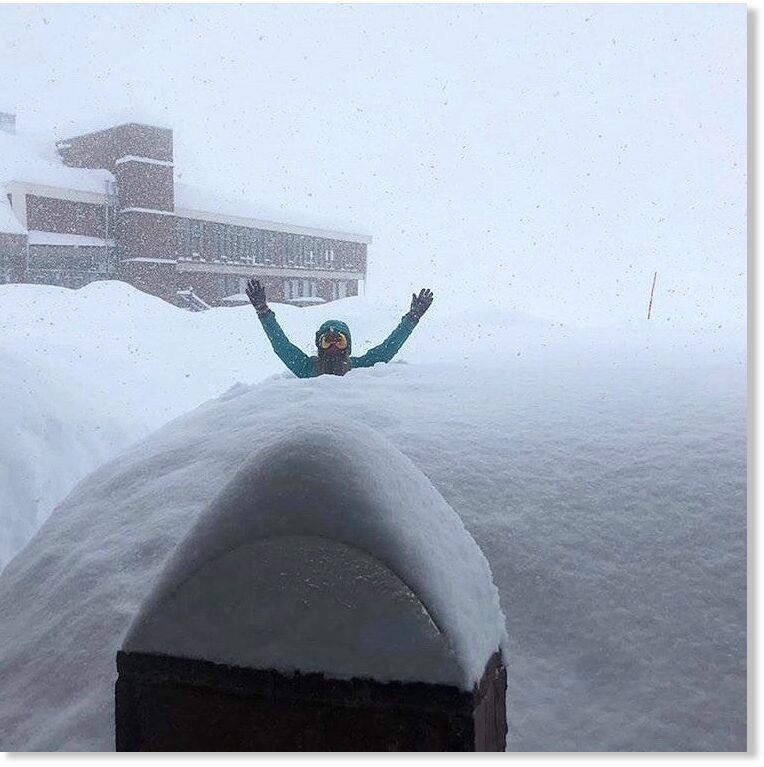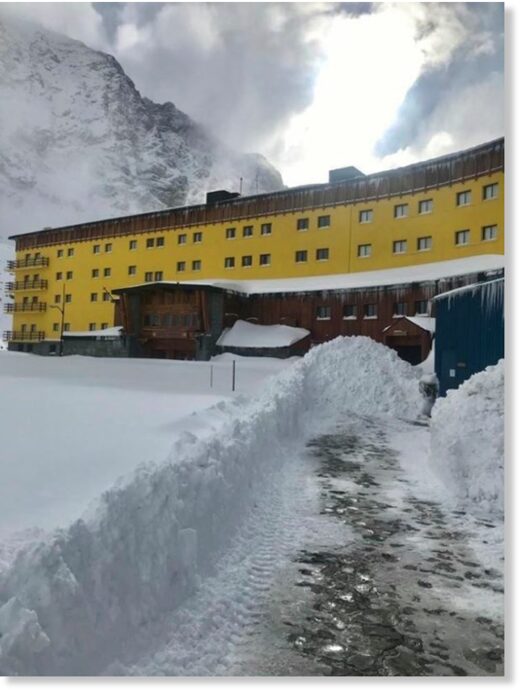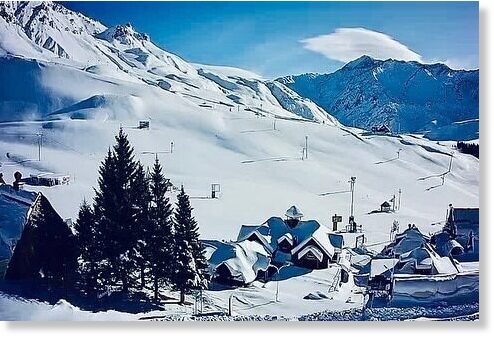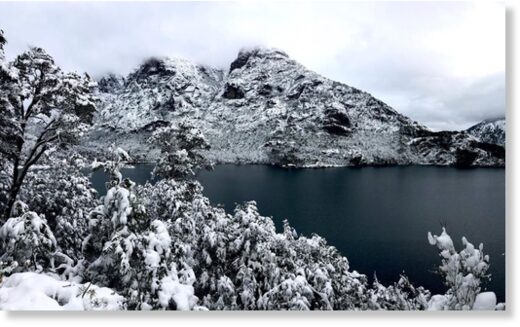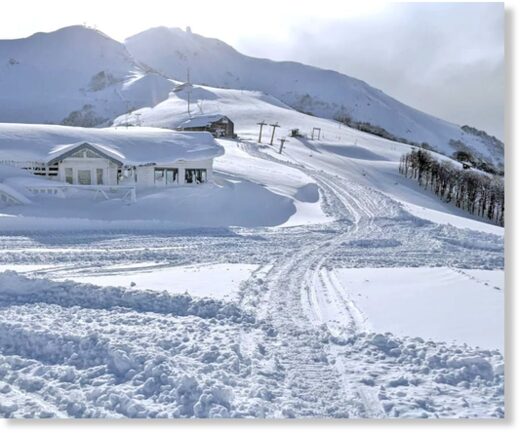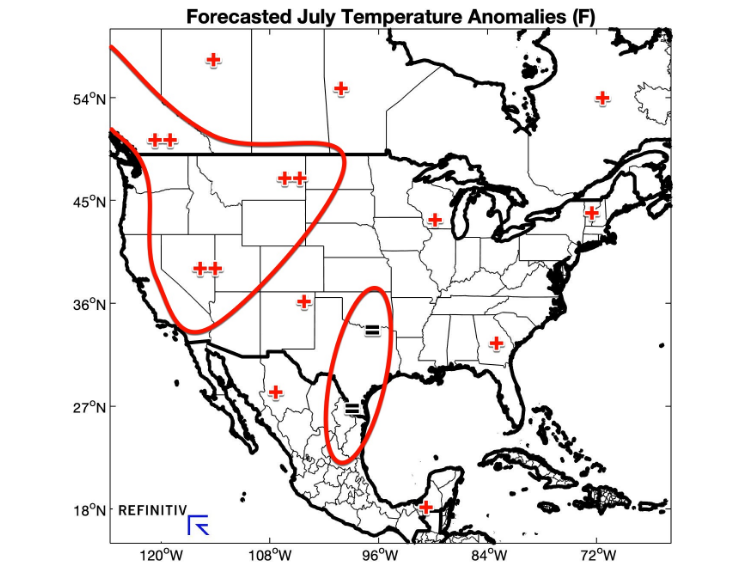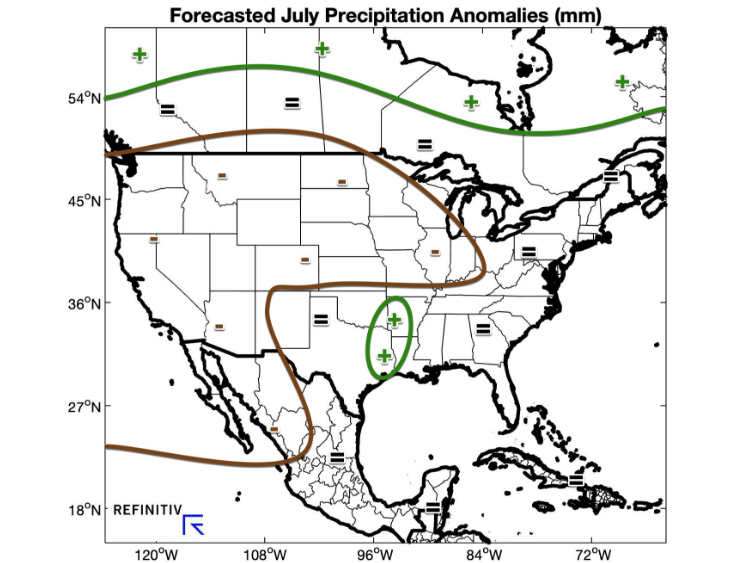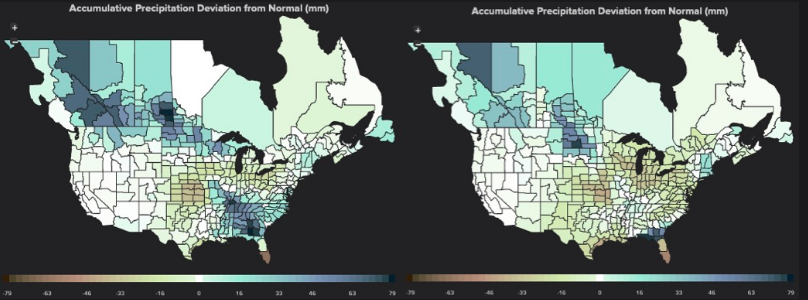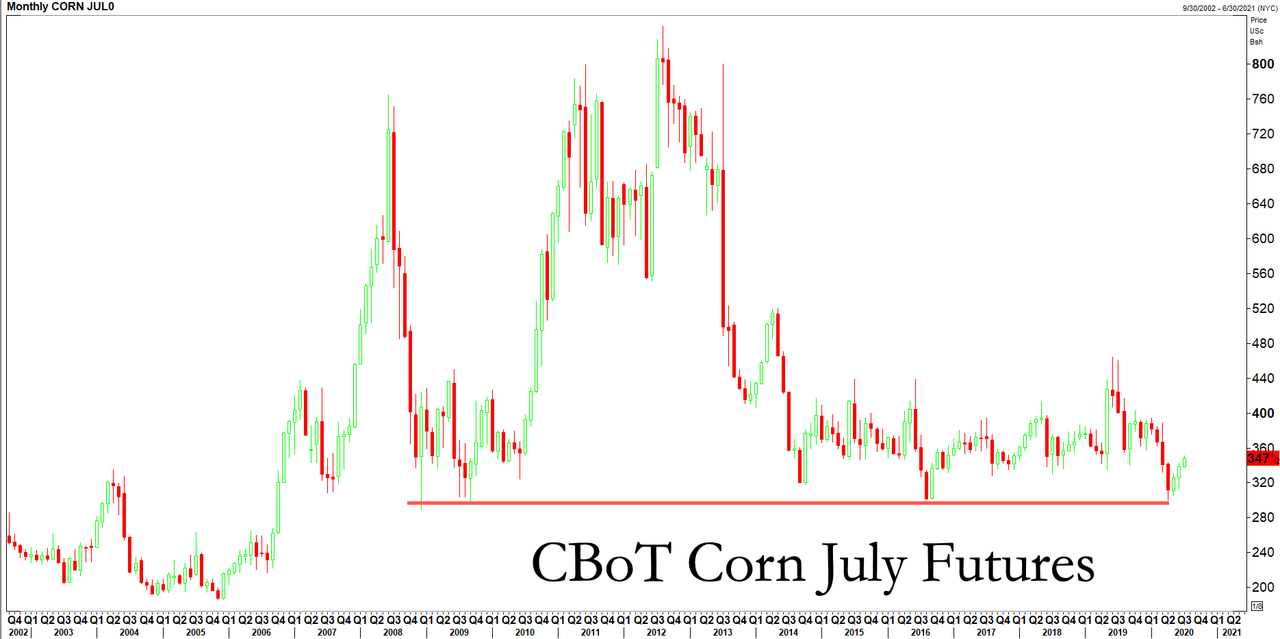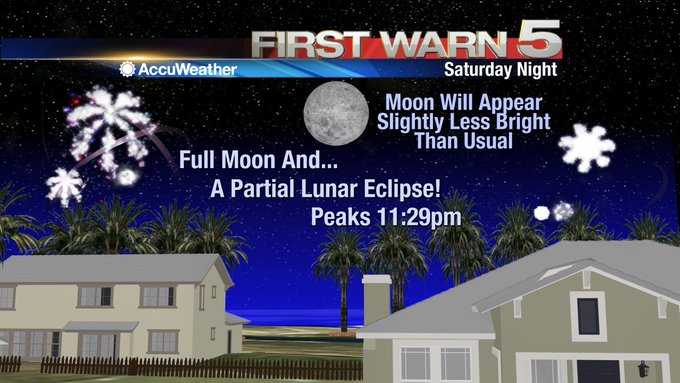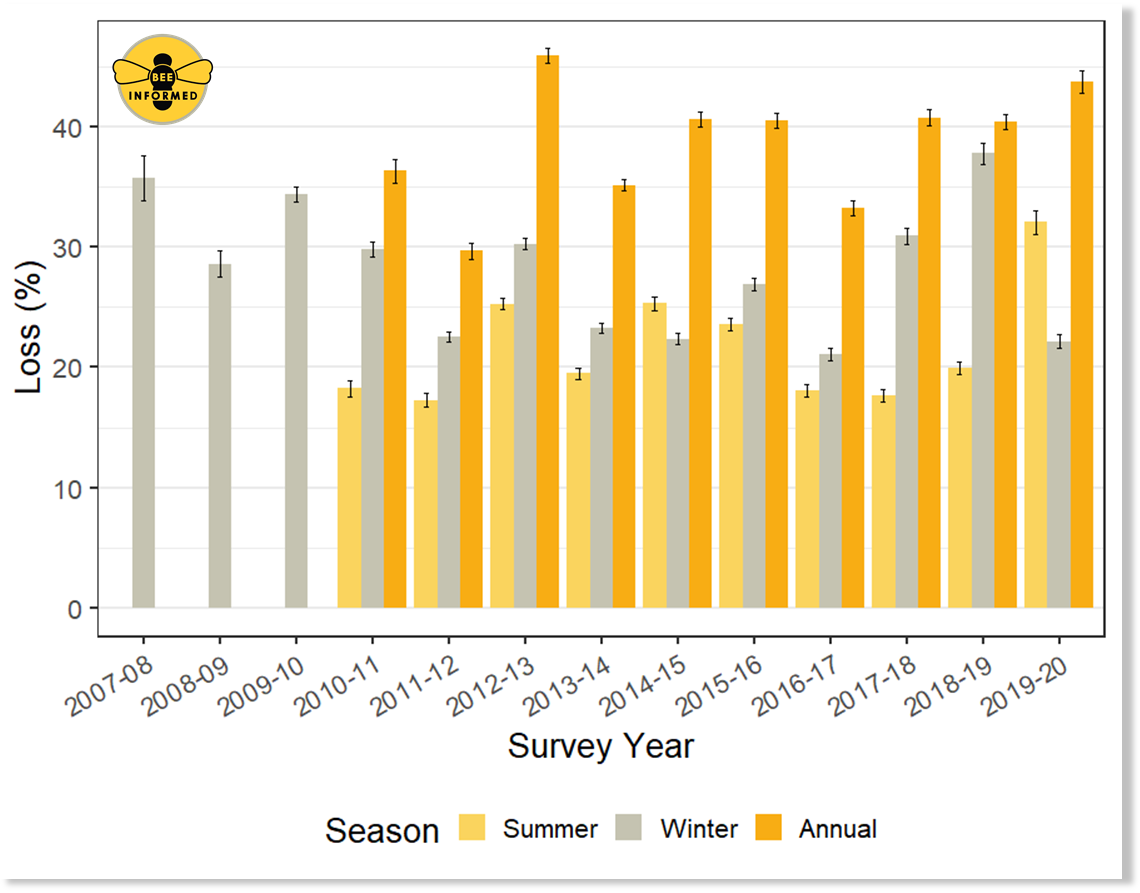TxGal
Day by day

Iceland is Rocking - 9,000 Earthquakes in 10 Days - Electroverse
The swarm coincides with signs a volcano to the south may be about to erupt. It is widely considered that Iceland will be home to the next “big one”.

ICELAND IS ROCKING — 9,000 EARTHQUAKES IN 10 DAYS
JULY 1, 2020 CAP ALLON
As predicted, the year 2020 is looking very much like the beginnings of the next Grand Solar Minimum cycle. Now, we have the news that Iceland –the likely home of the next climate-altering volcanic eruption– is a’rocking.
As reported by newsweek.com on Tuesday, Kristín Jónsdóttir, Earthquakes Hazards Officer for the Icelandic Meteorological Office (IMO), said a substantial earthquake swarm is happening in a known fault zone called the Tjörnes Fracture zone:
The IMO has said that some 9,000 earthquakes have been reported over the past 10 days alone, three of which have been above magnitude 5 and felt up and down the country.
“Stress builds up in the zone because of tectonic plates which move past each other in opposite directions,” said Jónsdóttir. “This is the largest earthquakes swarm in the Tjörnes Fracture Zone recorded in the past 40 years.”

The earthquake swarm coincides with signs a volcano to the south may be about to erupt. The IMO has said activity at Katla volcano appears to be characteristic of an impending eruption.
Since January this year, researchers have recorded an uplift in and around Katla, and in recent weeks have recorded an increase in sulfur dioxide close to where two previous eruptions have taken place.
Katla’s previous sizable eruption was the VEI 4 back in 1918 (volcano.si.edu). That year falls within the Centennial Minimum–the previous multidecadal spell of low solar activity.

Katla’s 1918 VEI 4 eruption [visitklaustur.is].
ALL of the powerful, climate-altering volcanic eruptions of the past have been linked to low solar activity. Worringly, the Sun is currently going through its deepest solar minimum of the past 100+ years, and looking forward, NASA has revealed the next cycle (25) will likely be “the weakest of the past 200 years” — a return to Dalton Minimum conditions.

You think 2020 is bad? Think again. Wait for the "real" Catastrophes to kick-in - Volcanic Eruptions, Global Cooling, Crop Loss, and Famine - Electroverse
Ancient political turmoils were caused by the Sun & volcanic eruptions - the end of the Roman Rep., for example, was the result of an Alaskan eruption.
Volcanic eruptions are one of the key forcings driving Earth into its next bout of global cooling. Their worldwide uptick (along with a seismic uptick) is tied to low solar activity, coronal holes, a waning magnetosphere, and the influx of Cosmic Rays penetrating silica-rich magma.
Of today’s reawakening volcanoes, those located in Iceland are perhaps the most concerning. It is this highly-volcanic region that will likely be home to the next “big one” (a repeat of the 536 AD eruption that took out the Roman Republic…?) — the one that will return Earth to another volcanic winter.
Icelandic authorities are well-aware of the dangers the next eruption of Katla represents, and a delegation of the volcanologists routinely meet with the Icelandic Parliament to discuss how to respond in the case of an eruption — an eventuality that is merely a matter of when, not if.
The COLD TIMES are returning in line with historically low solar activity, cloud-nucleating Cosmic Rays, and a meridional jet stream flow.


Prepare accordingly — learn the facts, relocate if need be, and grow your own.

